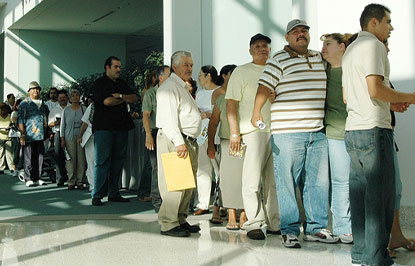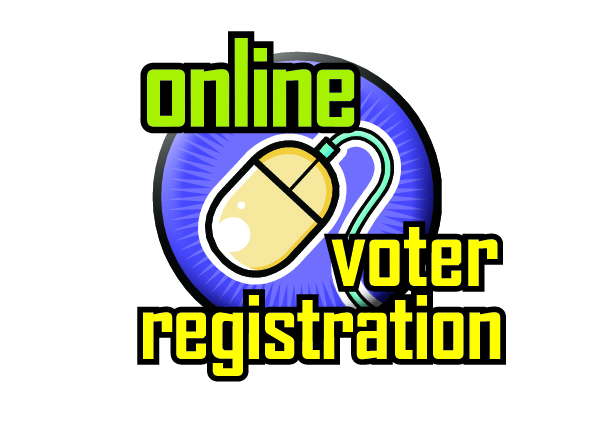
More states and election administrators are considering switching to vote-by-mail as the only way voters can participate in an election. (
July 2010 Issue of NCSL The Canvass) Cited are cost-saving effects of vote by mail systems as a way to save on Election Day polling place expenses. How might all vote-by-mail elections impact voting populations who move frequently, don’t use mail, have trouble with their mail delivery or are less literate or have other challenges voting by mail?
Vote by Mail can be cheaper. It is a convenience for some such as already regular voters. It particularly helps certain populations – seniors, disabled, rural. However, vote-by-mail not only has serious administrative issues - like
thousands of ballots not arriving in time last month in Riverside, CA - it has the potential, also
evident in all mail elections in California, to compromise the franchise of an entire class of people, particularly lower income, younger and new voter populations – making it a flawed step towards the goal of a complete participatory democracy. It should never be adopted as a stand alone system if it strengthens the franchise of some while disenfranchising others. Vote by mail, if done right, can work so long as there are equally convenient options to obtain and vote a ballot in-person during an early voting period or on Election Day.
California is one state that has seen
a rapid increase in the number of mail-in ballots requested, issued and cast since 2003. With that increase has come an increase in mail-in ballots not counted – in fact thousands arrived too late for counting in a recent election in populous Riverside County. New legislation has been introduced to mandate that any ballot postmarked by election day be included in a county’s vote tally. (Under current law, ballots must be received by 8 p.m. on Election Day to be counted, regardless of when they were sent.)
Correcting administrative issues with mail-in ballots is important; there will always be those who truly need to vote absentee. Administrative issues aside, however, vote by mail practices don’t assist those who move frequently and don’t have an accurate address on file. These mobile voters tend to be low-income and/or young (18-30), already groups who tend to be underrepresented at the polls. Because of their frequent moves and, often, resultant inaccurate address files, these groups have far more difficulty in obtaining a mail-in ballot and the instructions on how to cast it than do their wealthier and more stable counterparts.
A recent study by the Making Voting Work project of the Pew Center on the States noted the harmful and disenfranchising effects on the voter turnout of Latino voters and younger voters.
As a cost-saving strategy, moving to and encouraging vote by mail over in-person voting makes voting far more difficult for many of these voters, creating a disproportionately disenfranchising effect. Throw in the administrative problems with vote by mail, the harm to the secret ballot and the problematic turnout effect, and it becomes clear that vote by mail is not the boon to democracy that some election administrators claim it is.
 EAC - Citizens who speak Cherokee, Dakota, Navajo and Yup'ik, the most commonly spoken Native American and Alaska Native languages in the U.S., will now have access to federal election voter guides in their native languages.
EAC - Citizens who speak Cherokee, Dakota, Navajo and Yup'ik, the most commonly spoken Native American and Alaska Native languages in the U.S., will now have access to federal election voter guides in their native languages. 













